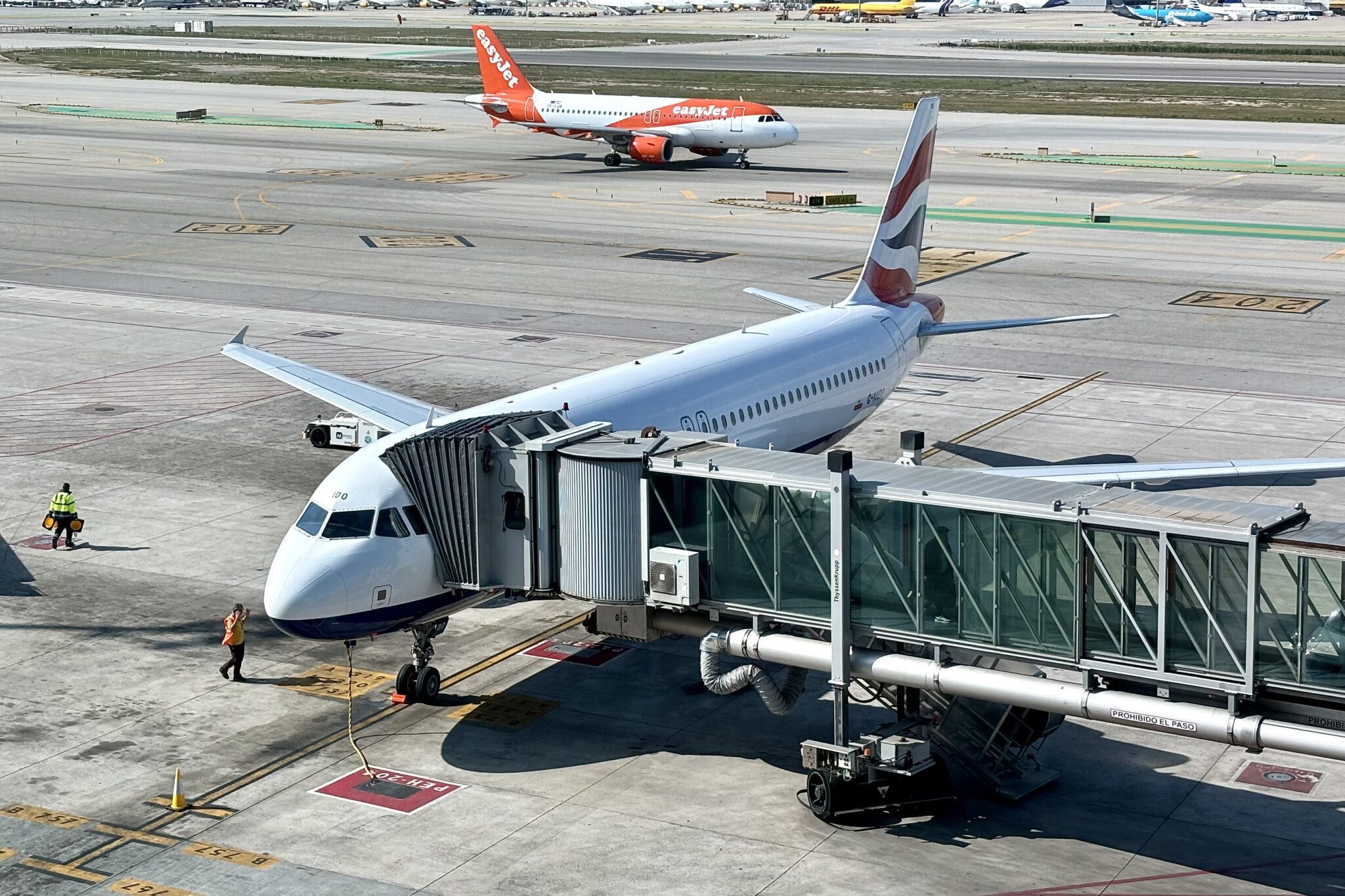Copa Airlines and Avianca both reported strong first-quarter operating profits, a sign of good times in Latin America’s airline market.
Profits at Panama-based Copa were once again extraordinary. Its operating margin for January, February, and March was a gargantuan 22 percent, best of any airline in the world that’s reported so for the first quarter. And to dispel any notion that the performance was just a seasonal quirk, Copa said its full-year operating margin would be somewhere between 22 and 24 percent. This wouldn’t be the first year that Copa’s operating margin topped 20 percent. But it hasn’t done so since 2013. Last year, as travel demand began to recover from its Covid hiatus, Copa’s figure was 15 percent.
During the airline’s first-quarter earnings call, executives spoke of “very, very robust demand,” largely across all geographies. They did say South America was not quite as strong as other areas, and that the recent weakening of the U.S. dollar is a headwind to revenues originating from the U.S. But overall, CEO Pedro Heilbron said, “U.S. point of sale remains pretty strong.” He also noted strength in premium demand, with more of its business class seats actually sold rather than redeemed as upgrades.
Copa does expect unit revenues to soften in the second half of the year, in part because of rising competition from low-cost carriers, plus its own double-digit capacity growth. Importantly though, unit revenues are also expected to decline for a more welcome reason: cheaper fuel. As fuel costs come down, so typically do airfares.
When Copa was last earning 20 percent-plus margins in the early-to-mid 2010s, unusual market strength in Venezuela was partly responsible. That situation doesn’t exist today, but as Heilbron pointed out, the carrier’s unit costs have since declined significantly, aided by fleet simplification (all of its Embraer E-Jets are now gone). This year, it plans to receive another 12 Boeing 737-9s, further lowering its unit costs. Also important is the company’s new distribution strategy, such that two-thirds of its bookings are now received directly from the traveler rather than via a travel agent intermediary — it was just one-third before the pandemic. Copa also does more of its heavier aircraft maintenance in-house than it did a decade ago, saving it money.
In the meantime, it continues to expand, taking advantage of Panama’s geographic centrality within the Americas. Three new routes to Austin and Baltimore-Washington in the U.S., and Manta in coastal Ecuador launch this summer. Perhaps Copa will have more to announce when it holds an investor day event in New York City next month. The carrier is also adding new domestic flying in Colombia with Wingo, its low-cost unit. But Wingo remains small with just nine planes.
Copa and Wingo both count Avianca as a leading competitor. Unlike Copa, Avianca was driven into bankruptcy by the pandemic, emerging from the process with more of an LCC-like business model. While it’s not earning 20 percent margins, its operating margin for first quarter was a healthy 10 percent. The demise of domestic rivals Ultra Air and Viva Air certainly helped. Avianca is now merged with Brazil’s Gol under the new Abra Group, though each airline retains its own operation and identity. They’re also reporting financial results as two separate companies, at least for now.
Though competitors, Copa and Avianca are both Star Alliance members, and both planned to form a three-way joint venture with United Airlines before the pandemic. The agreement remains in place, but Copa reiterated its recent doubts that the pact will ever happen. As for Gol, it too had a great first quarter, at the operating level anyway. Its operating margin was an impressive 17 percent. It still faces a heavy debt burden, however, having never restructured in bankruptcy. Brazilian carriers, unlike Copa, have suffered greatly from the strong U.S. dollar. Avianca for its part has more exposure to dollar revenues than Gol, though less than Copa.
In Avianca’s earnings call, executives spoke about the Gol merger, the importance of cargo, the growth of its LifeMiles loyalty plan, the collapse of two domestic competitors, and the possibility of acquiring one of the two, namely Viva. A decision on whether to buy it, complicated by onerous regulatory conditions, was said to be imminent as of Friday morning. Avianca noted strength in North America, Europe, and Central America, adding that South America and the Caribbean were somewhat weaker. It also cited fare pressure from Mexico’s two discounters, namely Volaris and VivaAerobus (no relation to Viva Air). In its quest to become a low-cost carrier not unlike its new partner Gol, Avianca is densifying seating on its planes (even its Boeing 787s), flying more non-hub point-to-point routes, and boosting aircraft utilization. It’s trying to achieve a cost position, it said, whereby it can be the “price setter.”
Earlier this month, Volaris and VivaAerobus reported first-quarter results, in both cases moderate operating losses. Both however, attributed this to seasonality and expect a robust full-year performance. South America’s largest airline, Latam, also reported this month, unveiling a nearly 11 percent March quarter operating margin.
The only major publicly traded Latin American airline that has yet to report first-quarter results is Azul of Brazil. It will do so on Monday.





